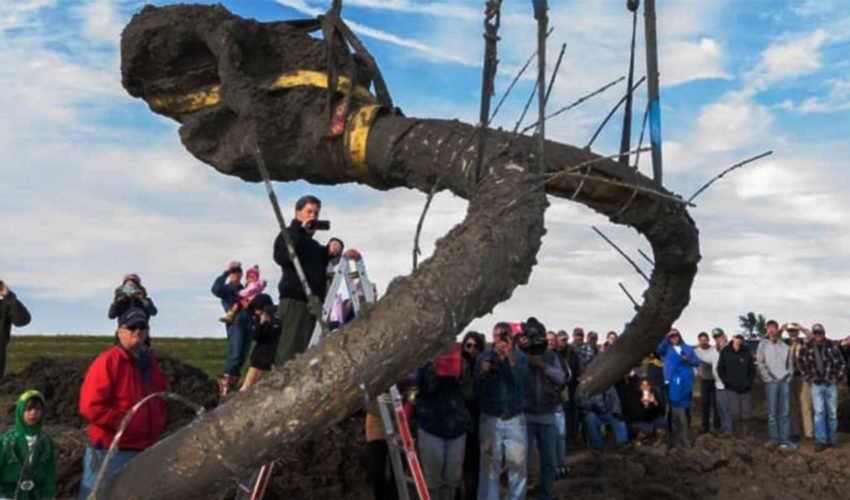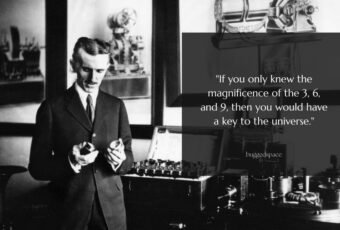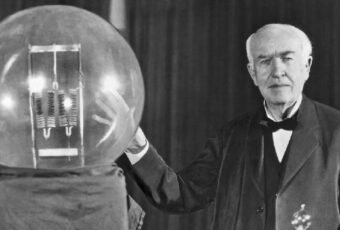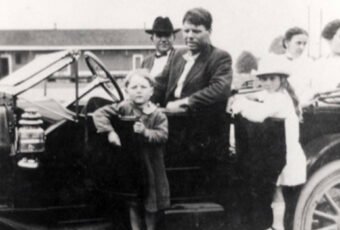When a Michigan farmer James Bristle and his friend were digging up his soybean field to install a drainage pipe, they stumbled upon something they wouldn’t have imagined in their wildest dreams. Digging up the farm uncovered what seems to be the remains of an animal of unknown species, but as they dug deeper, it came out to be much larger than any usual animal.
What seems to be a bent fence post at first turned out to be part of the pelvis from an ancient Woolly mammoth that dates back to around 15,000 years ago. Believing the strange find to be a dinosaur bone, the farmer then called Paleontologists from the University of Michigan Museum.
The team of Paleontologists completed their work in just one day with the help of two excavators, digging up to 10 feet in the field. The team found about 20% of the animal’s bones which included part of the pelvis, skulls, two tusks, ribs, shoulder blades, and numerous vertebrae.

The complete skeleton was then excavated using zip lines, hoisting the mammoth’s gigantic skull and tusks placed on a flatbed trailer. Daniel Fisher, the scientist leading the team said “We think that humans were here and may have butchered and stashed the meat so that they could come back later for it.”
James Bristle said he bought the property a few months before. He and his neighbor dug up the field only to install a pipe replacement when they found the odd object.
Mammoths and mastodons, another elephants like species were hunted by humans in ancient times and shares a common way of extinction. Mammoths used to be around 10 feet tall at the shoulder, along with long tusks and coat of long brownish hair which is the reason why they are called woolly mammoths.
The species were common in North America around 11,000 to 15,000 years ago, and the discovered one was in its 40s when it died. The scientists believe that it was a hybrid between a woolly and a Columbian mammoth and its rare to find remains as complete as the one in Bristle’s field.
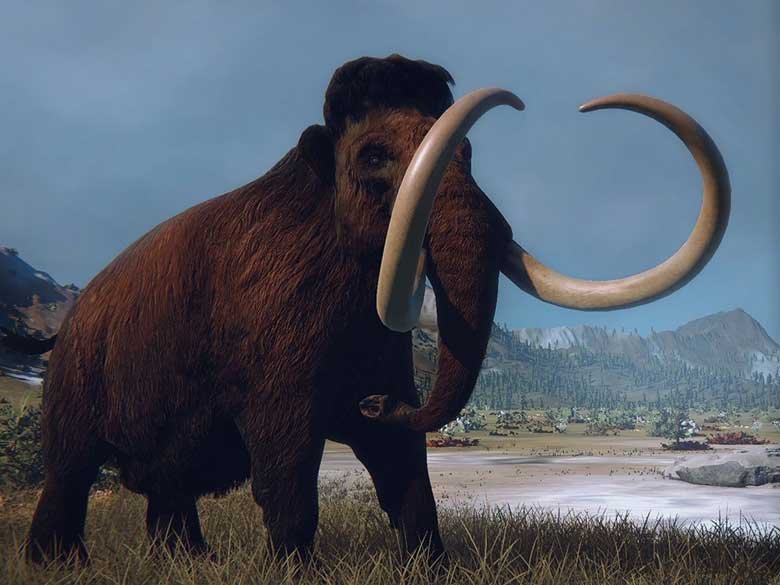
Bristle decided to donate the mammoth’s remains to the University of Michigan for further research and studies and stated “This isn’t just mine, it belongs to everybody. This is our way of giving back.”
The bones were examined by university researchers and would shed light on the time when humans probably arrived in America, a topic of debate among archaeologists.
